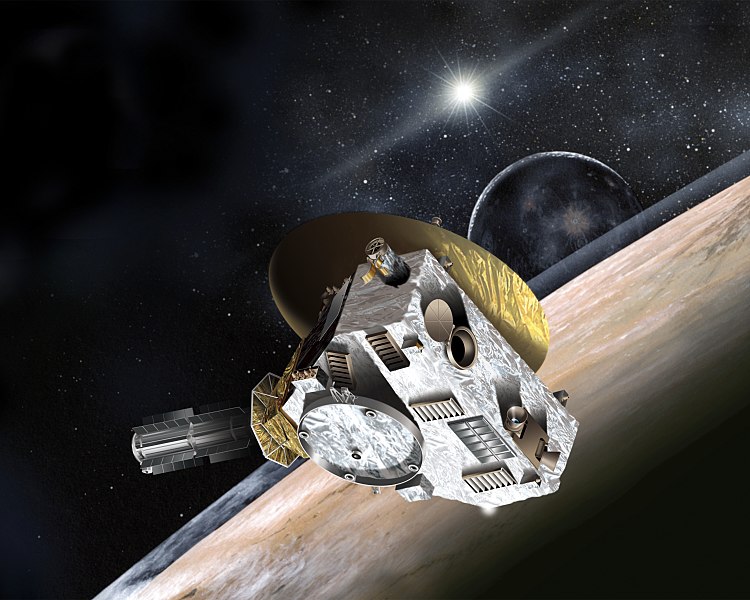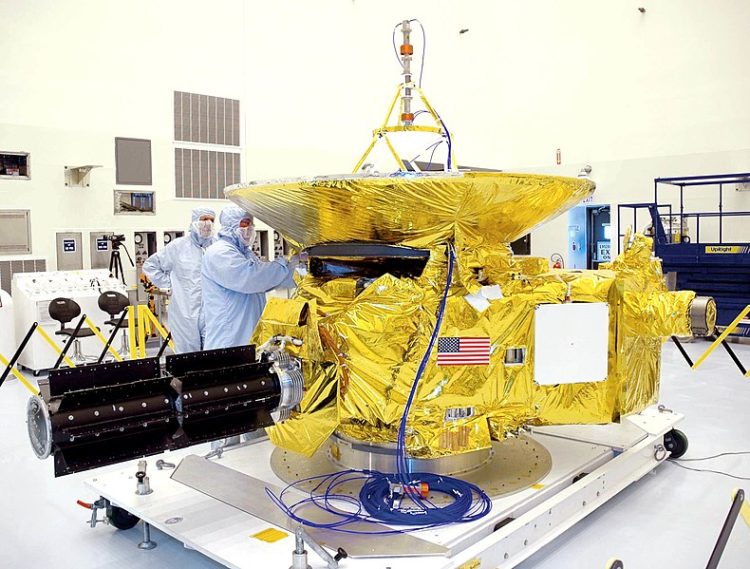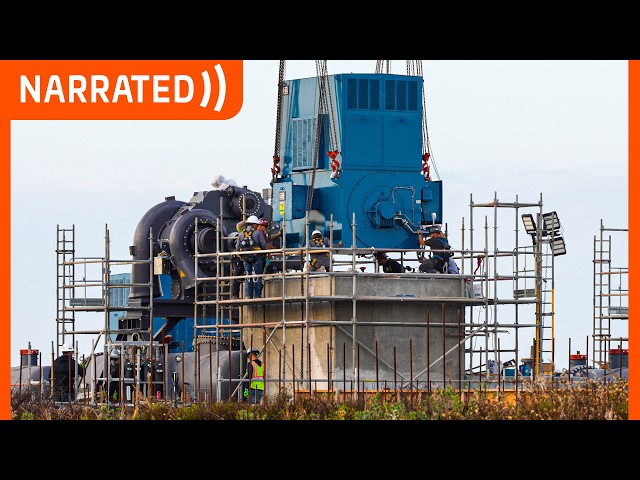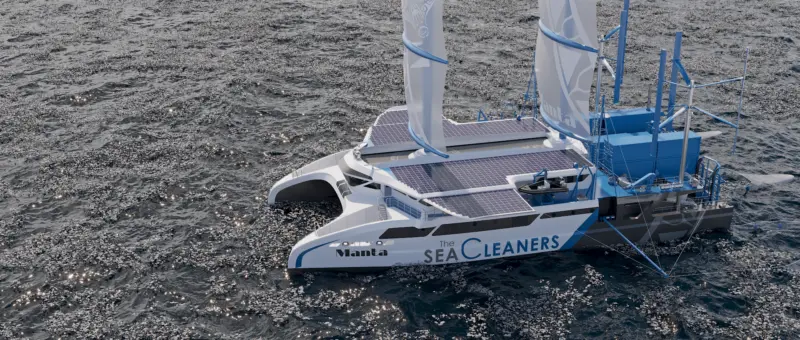The New Horizons spacecraft embarked on its mission on January 19, 2006, marking the start of its journey toward Pluto and the Kuiper Belt. This mission was groundbreaking as it was the first to explore Pluto and completed the planetary reconnaissance initiated half a century earlier in space exploration history. Additionally, it pioneered exploration into the newly discovered “third zone” of our solar system, known as the Kuiper Belt, situated beyond the gas giant planets.
However, the story of New Horizons began long before its launch. It involved years of meticulous work, including designing and proposing the mission, constructing the spacecraft along with its suite of instruments, and strategizing the operations and scientific observations necessary to unveil these uncharted worlds. The historic flyby of Pluto on July 14, 2015, marked a significant milestone, yielding a wealth of data that provided profound insights into Pluto and its moons. These data will continue to be scrutinized and analyzed for years to come.

Read also: A Brief History of Space Exploration
In its initial mission extension, New Horizons continued its unparalleled voyage of discovery with a close encounter with a Kuiper Belt object known as 2014 MU69, later officially named Arrokoth (meaning “sky” in Powhatan/Algonquian), on January 1, 2019. The Kuiper Belt stands as a scientifically significant frontier, offering crucial insights into comets, small planets, the broader solar system, the solar nebula, and the circumstellar disks around other stars. It serves as a laboratory for studying ancient materials dating back to the formation of planets 4.5 billion years ago, providing invaluable data for scientific exploration and understanding.
Read more about the New Horizons










